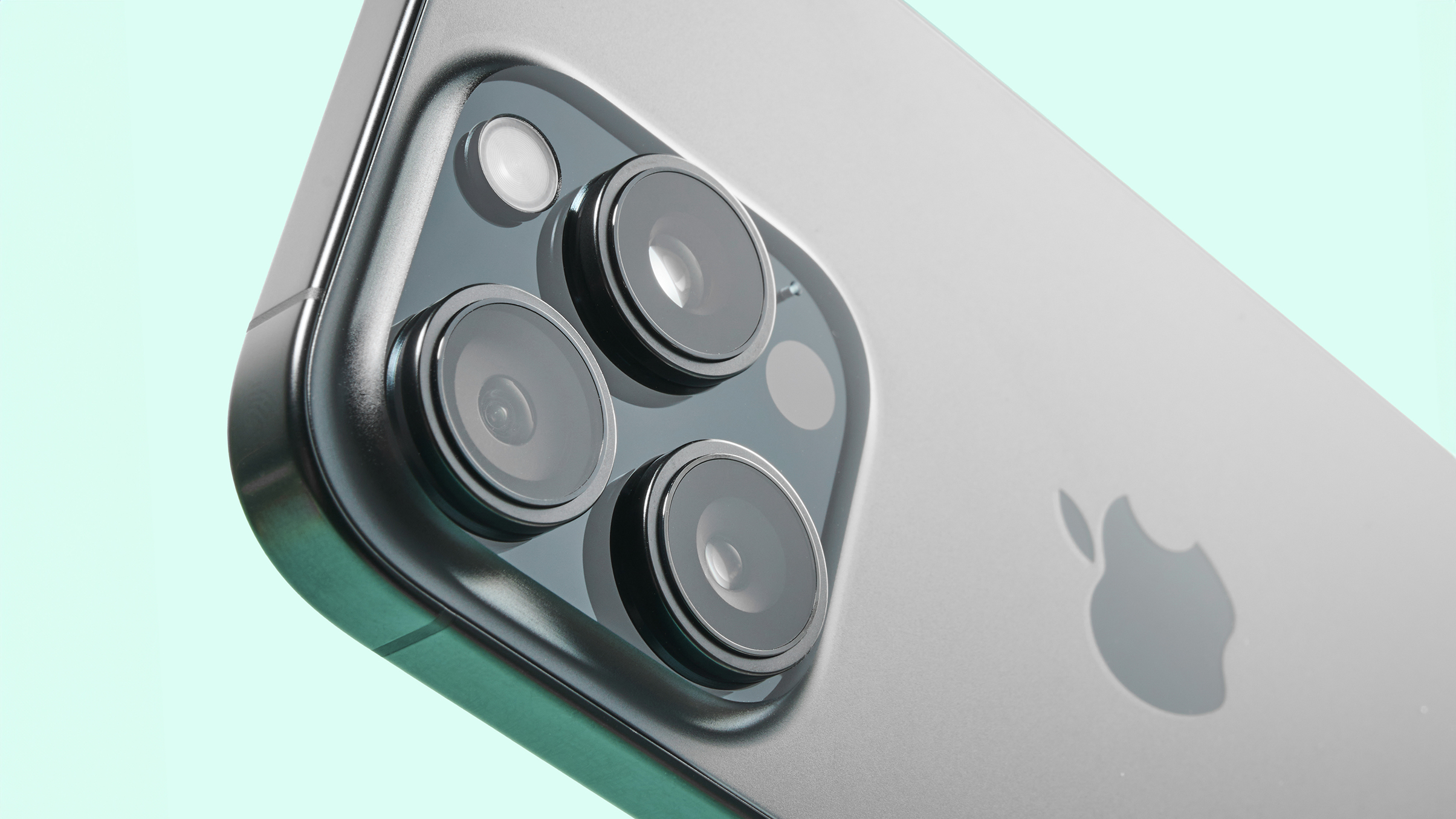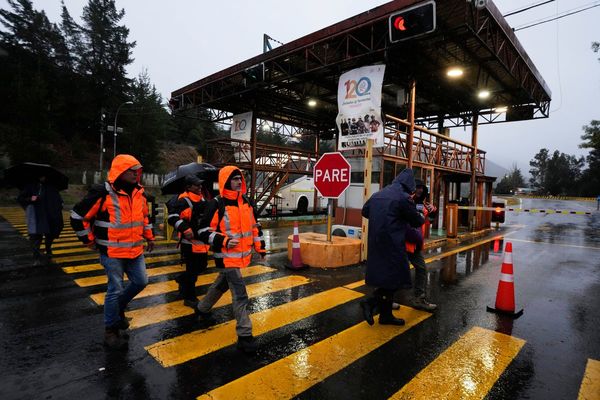
This effect has different names. Some people call it ‘converging verticals’, some call it ‘keystoning’, after the shape of keystones in arches. Technically, it’s a type of perspective distortion – and you see it all the time with wide-angle lenses.
So it’s the lens’ fault? No! Actually it’s your fault, because of where you’re standing and how you tilt the camera. It’s natural behavior, though – you’re right up close to some spectacular building or landmark, so you swap to your iPhone’s wide-angle lens to get it all in. And the taller your subject, the more you have to tilt the phone upwards.
This is what causes this converging verticals effect. The top of the building is much further away than the base, so it appears much smaller.
This is, to be fair, exaggerated by wide-angle lenses, so it is kind of the lens’ fault after all. The wider the angle of a lens, the more it exaggerates the difference in size between nearby objects and those further away. But it's not the iPhone's fault, and it will happen with the best camera phones from other brands as well.
Fine, but what can you do about it? Here are two practical solutions…
1. Get further away and / or swap lenses

True, this is not very helpful if you actually can’t get further away right there and then, but keep it in mind in case you can change your shooting position later and photograph your subject from another street or another angle.
If you can get further away, you can swap to your iPhone’s standard camera or even its telephoto camera if it has one, and this achieves two things.
First, you’re further away so you don’t have to tilt the phone as much – if at all. Not tilting the phone doesn’t just solve the perspective problem, it adds a sense of scale. Impressive structures look even more impressive when you see them towering over their surroundings.

2. Keep your iPhone level – find some foreground interest
You can stick with the wide-angle camera if you can’t move much further from your subject, but get as far away as you can and look for some interesting object to have in the foreground. It could be a bench, a café table, even other sightseers passing through the frame.
If you can find some interesting foreground detail, it gives you a reason to hold the phone level and also perhaps capture a more interesting composition. This approach will eliminate any converging verticals and, hopefully, you’ll still be able to get the full height of the building in the frame (hence moving back as far as you possibly can).
You can fix minor perspective distortion in software, but it’s much better not to have to. Software corrections work by ‘reversing’ the keystoning effect, but this makes the tops of buildings look less sharp, and iPhones don’t have a lot of resolution to spare, so it’s better to get your photos right with clever framing.
You might also like…
The best iPhones for photography get even better when you add one of the best lenses for camera phones.







